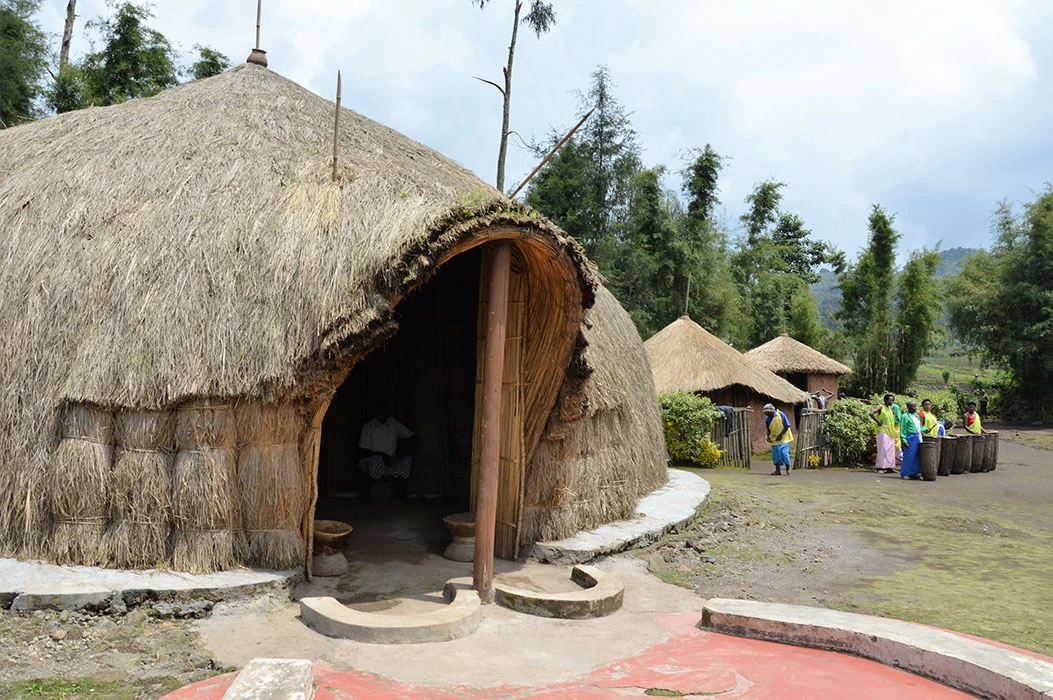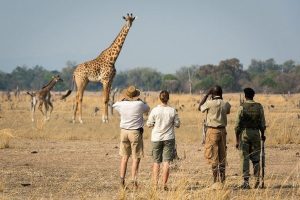Rwanda Cultural Tours
Do you intend to travel to Rwanda on a cultural tour? Well, continue reading. One of Africa’s most intriguing destinations is Rwanda, sometimes referred to as the “country of a thousand hills.” Although Rwanda’s most visited tourism destination is gorilla trekking, the country is not just about apes. Rwanda is a great place for riding, game drives, mountain trekking, natural walks, and Rwanda Cultural Tours.
Through traditional events, language, storytelling, clothing styles, and a now-defunct kingdom, the indigenous people’s customs were transmitted from one generation to the next.
Prior to the 1994 genocide, several people tried to distinguish between the Hutu, Tutsi, and minority Twa. The Hutus were thought to be cultivators, whilst the Tutsi were primarily pastoralists. The Hutu and Tutsi are basically the same people, despite the fact that other divisions were made to aid Belgian colonialists in ruling the populace.
Rwanda’s cultural attractions include artisan centers, cultural villages, and genocide memorial sites. You can anticipate intimate interactions with the locals when you tour the cultural places and take in folk songs, traditional dance performances, and tales from the past kingdoms. Among the Banyarwanda’s fascinating cultural customs are folktales, riddles, and evening stories. Rwandan proverbs and cultural attractions, which are arranged by the elderly around a fireplace.
Rwandan cultural tours
Genocide Memorial in Kigali
Perhaps the most popular museum in Rwanda is this one. It was constructed as a memorial to the roughly 250,000 individuals who perished in the genocide in Rwanda. Three main sections make up the museum: one honoring the children who were slaughtered, one for adults, and one that focuses on genocides that has place in other regions of the world.
You will learn more about the events that before and followed the genocide if you visit this museum. In order to prevent future generations from allowing the genocide to occur, the government hopes that the museum will serve as a continual reminder of the brutality displayed throughout the conflict. Rwanda Cultural Tours
The Cultural Village of Banda
This fascinating cultural center is located within Nyungwe National Park, near the Uwinka park offices and the location of the canopy walk. Remember to stop at the village if you are going to Rwanda National Park for nature tours. And chimp tracking as part of Nyungwe Cultural Tourism. Intore dancers will greet you as you arrive at the location, and a resident guide will then lead you around. Although there is much to see in the hamlet, seeing how traditional baskets and medicines are manufactured is the most fascinating.
The Cultural Center of Kitabi
This cultural center is located directly at the main gate of Nyungwe Forest National Park. Rather of using the palace at Nyanza, the last King of Rwanda constructed his own here. It is a popular destination for travelers traveling to Nyungwe for chimpanzee trekking and is one of Rwanda’s most visited cultural sites. The King’s palace with guards and a number of traditional huts make up the Center.
Village of Gorilla Guardians
Due to its proximity to the location where visitors can see mountain gorillas. This cultural attraction, also known as the Ibyiwacu cultural hamlet, is possibly the most visited in Rwanda. A former Volcanoes National Park warden developed the cultural site, which is located in the Musanze district. In addition to providing jobs for former poachers, the warden aimed to construct a cultural center that would showcase the positive aspects of the local culture to visitors.
In Nyanza, the Kings Palace
Nyanza is home to this magnificent palace, which is roughly 88 kilometers from Kigali. Rwanda’s cultural leader was a single king both before and during colonization. Keeping the Hutus and Tutsis happy was a constant problem for the kings. With the exile of the final king, the Kingdom was later completely annihilated. In 1931, the government of Belgium built a new palace for King Mutara III. Prior to the dissolution of kingdoms, Mutara was the final monarch in power.
The Museum of the Presidential Palace
If you want to know more about the immediate event that led to the 1994 genocide, this is the place to go. The museum may be reached from Kigali city center in just two kilometers. Juvenal Habyarimana, the former president of Rwanda, resided there prior to the shooting down of his Falcon 50 aircraft on April 6, 1994. It was once the state residence. Even now, the debris from the plane’s landing in the presidential property is visible. Following the news that the presidents had been shot, Hutu extremists began a full-scale genocide, killing over 800,000 Tutsis.
The Inema Art Center
In Kigali, two brothers founded this center. It is among Kigali’s most popular artisan centers. Young pretenders who are still learning the craft and some of the best local artists are brought together at the Inema Center. If you’re interested in unique Rwandan art that highlights the nation’s culture, wildlife, natural resources, and physical characteristics, stop by this center.
Cultural excursions provide visitors with an amazing opportunity to experience Rwanda beyond its wildlife. Interact with its people, learn about its history, and become fully immersed in its customs. These trips create lifelong friendships that enhance your understanding of Rwanda’s rich and beautiful cultural fabric and help you create memories that will last long beyond your visit.




